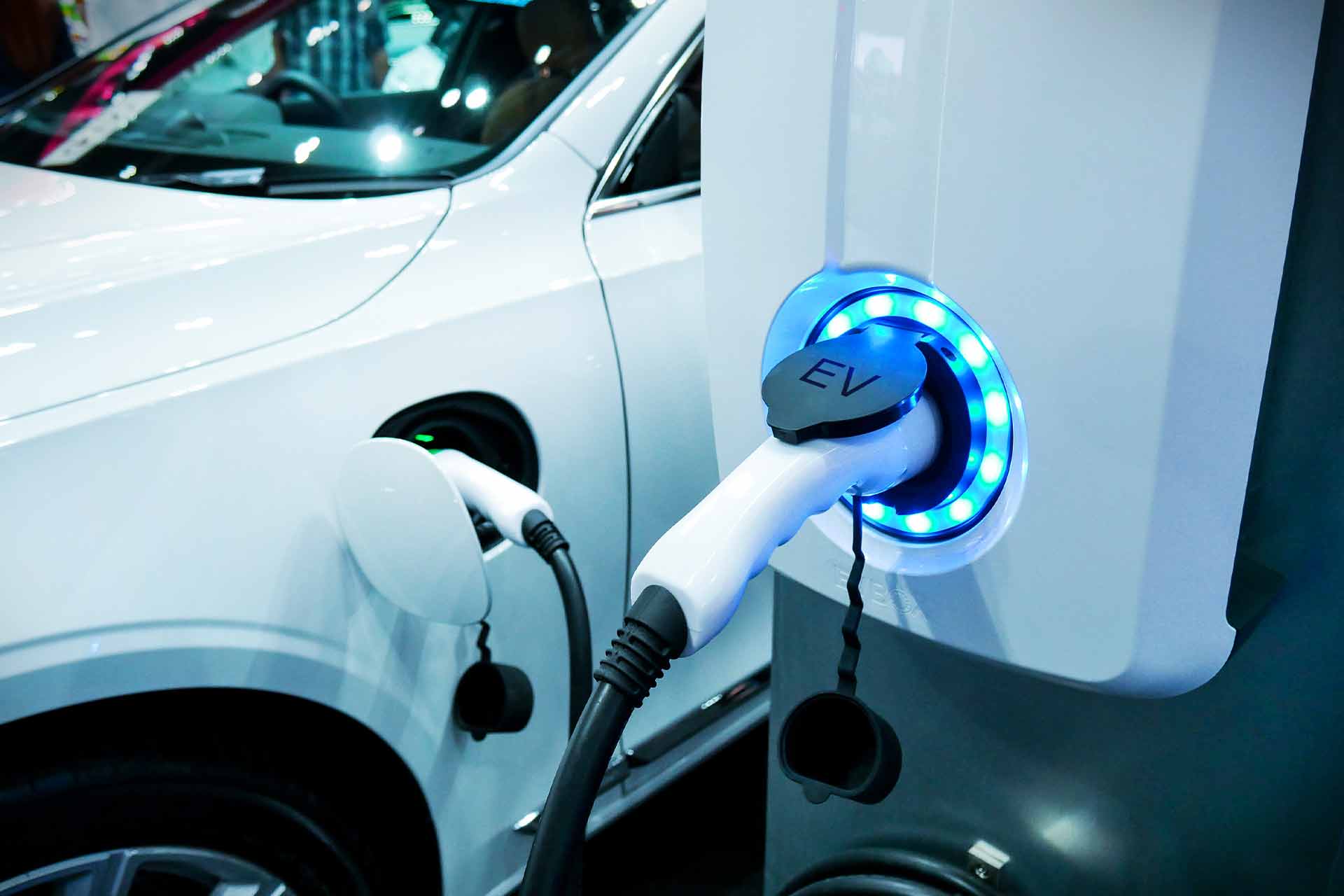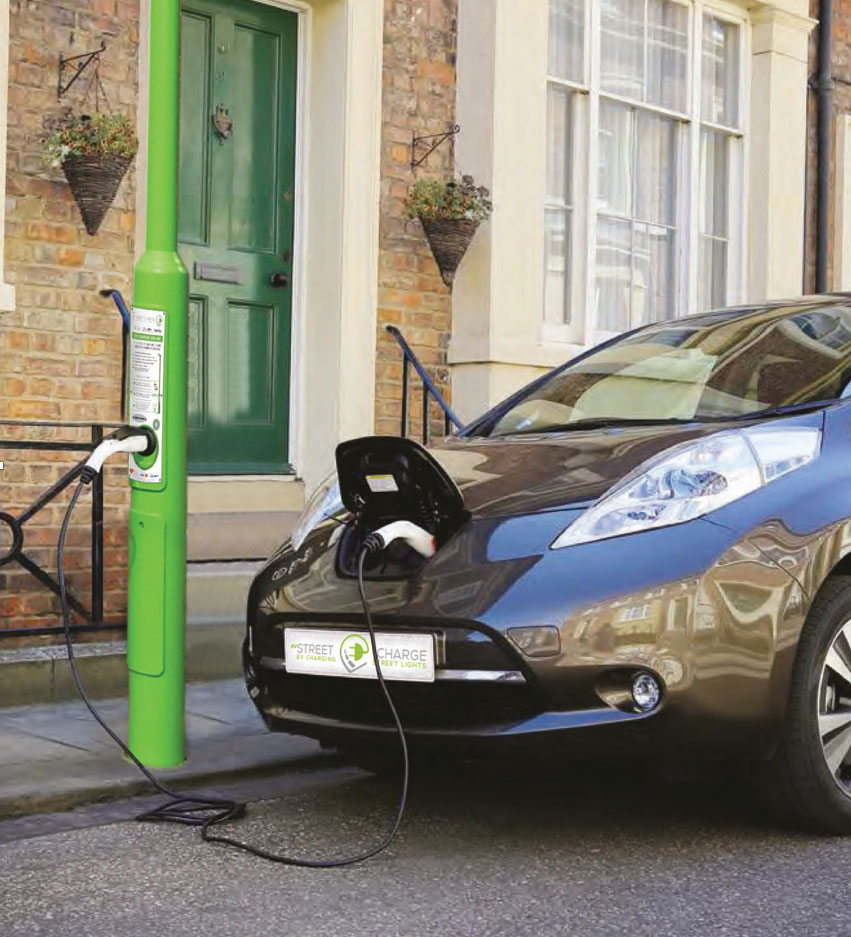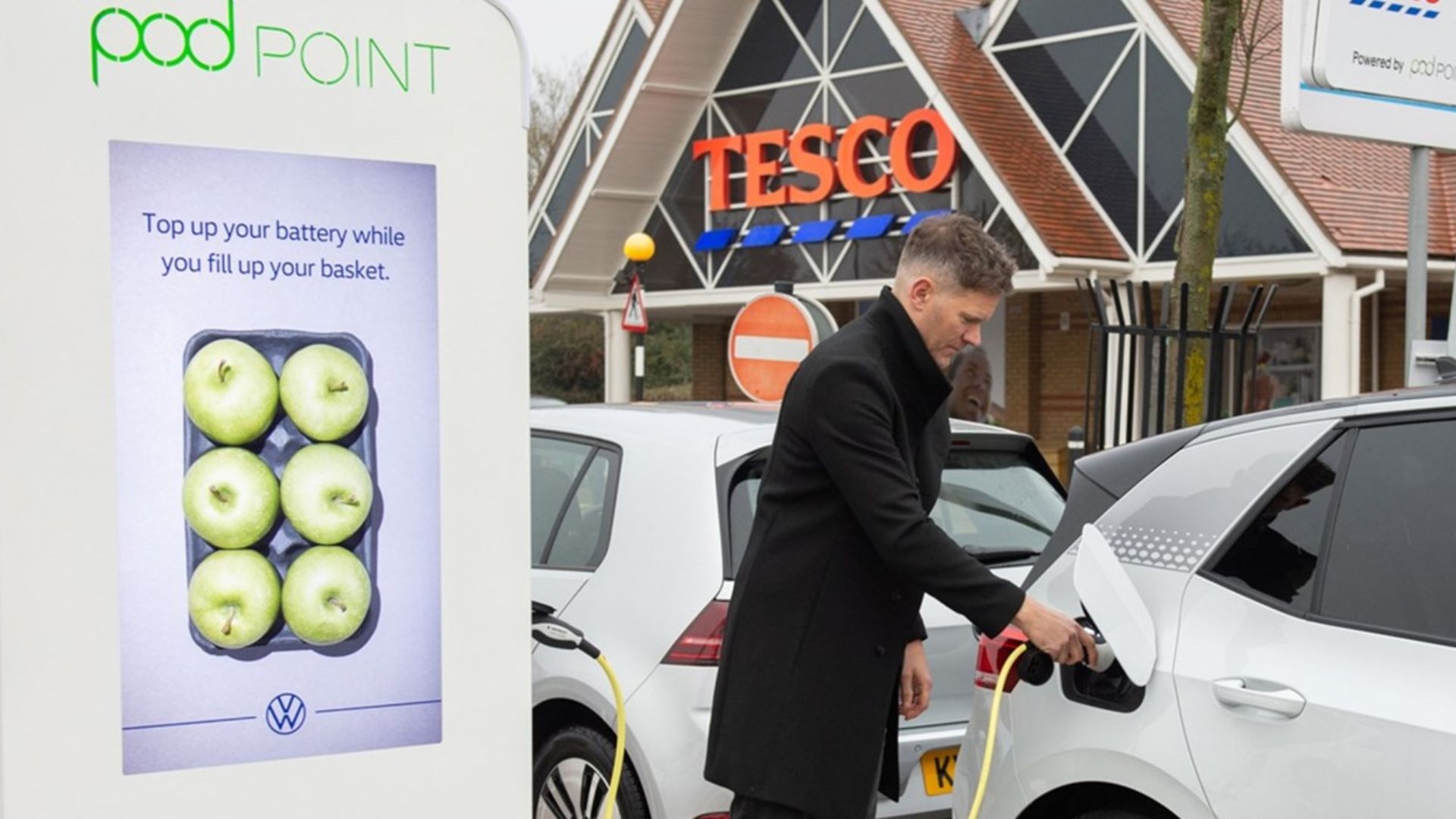Finding Your Electric car Charger: A Comprehensive Guide
The electric vehicle (EV) revolution is in full swing, and with it comes the essential question: where can I charge my car? Finding an “electric car charger near me” is no longer a niche concern; it’s a daily consideration for a growing number of drivers. This comprehensive guide will navigate the world of EV charging, from understanding different charger types to locating the best options in your vicinity.
Before diving into the specifics of finding chargers, it’s crucial to grasp the fundamentals of EV charging. Electric vehicle supply equipment (EVSE), commonly known as charging stations, come in various forms, each with distinct charging speeds and applications.

Level 1 Charging: The Slow and Steady Option
Level 1 charging utilizes a standard 120-volt household outlet. It’s the simplest option, requiring no specialized equipment beyond the charging cable that comes with most EVs. However, it’s also the slowest, typically adding only 3-5 miles of range per hour.
Ideal for: Overnight charging at home, topping up small amounts of range.
Level 2 Charging: The Workhorse of Home and Public Charging

Level 2 charging uses a 240-volt circuit, similar to those used for electric dryers or ovens. It significantly accelerates charging speeds, adding 20-60 miles of range per hour, depending on the charger’s amperage and the vehicle’s onboard charger capacity.
Ideal for: Home charging, workplace charging, public charging at shopping centers and restaurants.
DC Fast Charging: The Speed Demons of the EV World
DC Fast Charging, also known as Level 3 charging, delivers high-power direct current (DC) directly to the EV’s battery, bypassing the onboard charger. This results in incredibly fast charging speeds, adding up to hundreds of miles of range per hour.

Ideal for: Long-distance travel, quick top-ups on road trips.
Finding an “electric car charger near me” has become increasingly easy thanks to a plethora of apps, websites, and in-car navigation systems.
Using Dedicated EV Charging Apps
Several apps specialize in locating and providing information about EV charging stations. These apps often include features like real-time availability, pricing, and user reviews.
PlugShare: A comprehensive app with a vast database of charging stations, including public, private, and residential locations. User reviews and photos provide valuable insights.
Utilizing In-Car Navigation Systems
Many modern EVs come with built-in navigation systems that integrate charging station information. These systems can often filter chargers based on type, availability, and payment options.
Tesla Navigation: Tesla’s navigation system is tightly integrated with its Supercharger network, providing real-time availability and route planning.
Exploring Online Resources
Several websites provide information about EV charging stations.
Department of Energy’s Alternative Fuels Data Center: Offers a searchable database of charging stations in the United States.
When searching for an “electric car charger near me,” several factors should influence your decision.
Charging Speed and Connector Type
Ensure the charging station is compatible with your vehicle’s connector type (e.g., CCS, CHAdeMO, Tesla, J1772) and offers the desired charging speed.
Availability and Location
Check the real-time availability of the charging station and consider its location in relation to your destination.
Pricing and Payment Options
Compare the pricing of different charging stations and ensure you have a compatible payment method (e.g., app, credit card, RFID card).
Amenities and Accessibility
Consider the amenities available at the charging location, such as restrooms, Wi-Fi, and nearby shops or restaurants. Also, assess the accessibility of the charging station for individuals with disabilities.
Network Reliability
Some networks are more reliable than others. Check reviews, and if you are on a long trip, look for networks with a large amount of stations.
For most EV owners, home charging is the primary method of charging. Installing a Level 2 charger at home provides the convenience of overnight charging, ensuring your vehicle is ready for daily commutes.
Installation Considerations
Electrical Panel Capacity: Ensure your electrical panel has sufficient capacity to support a Level 2 charger.
Choosing a Home Charger
Select a Level 2 charger that meets your charging needs and budget. Consider features like Wi-Fi connectivity, app control, and smart charging capabilities.
Public charging stations play a crucial role in extending your EV’s range and enabling long-distance travel.
Public Charging Networks
Familiarize yourself with the major public charging networks in your area and along your frequently traveled routes.
Charging Etiquette
Don’t hog the charger: Move your vehicle once it’s fully charged.
The EV charging infrastructure is rapidly evolving, with advancements in charging technology and an expanding network of charging stations.
Wireless Charging
Wireless charging technology is emerging, offering the convenience of charging without plugging in.
V2G (Vehicle-to-Grid) Technology
V2G technology allows EVs to return energy to the grid, providing grid stabilization and backup power.
Increased Charging Speeds
Ongoing research and development are focused on increasing charging speeds and reducing charging times.
Finding an “electric car charger near me” is becoming increasingly simple, thanks to a growing network of charging stations and a plethora of helpful apps and resources. By understanding the basics of EV charging and considering the factors outlined in this guide, you can confidently navigate the world of EV charging and enjoy the benefits of electric mobility. As infrastructure continues to expand, and technology improves, owning an EV will become easier and easier.



